
Anthony Hill (1930-)
Relief, 1961-1962 / Inv. RE14
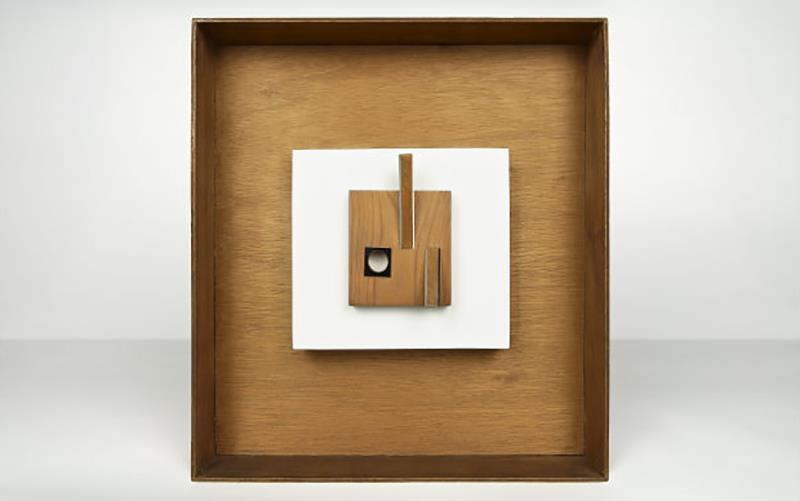

Relief, 1961-1962 / Inv. RE14
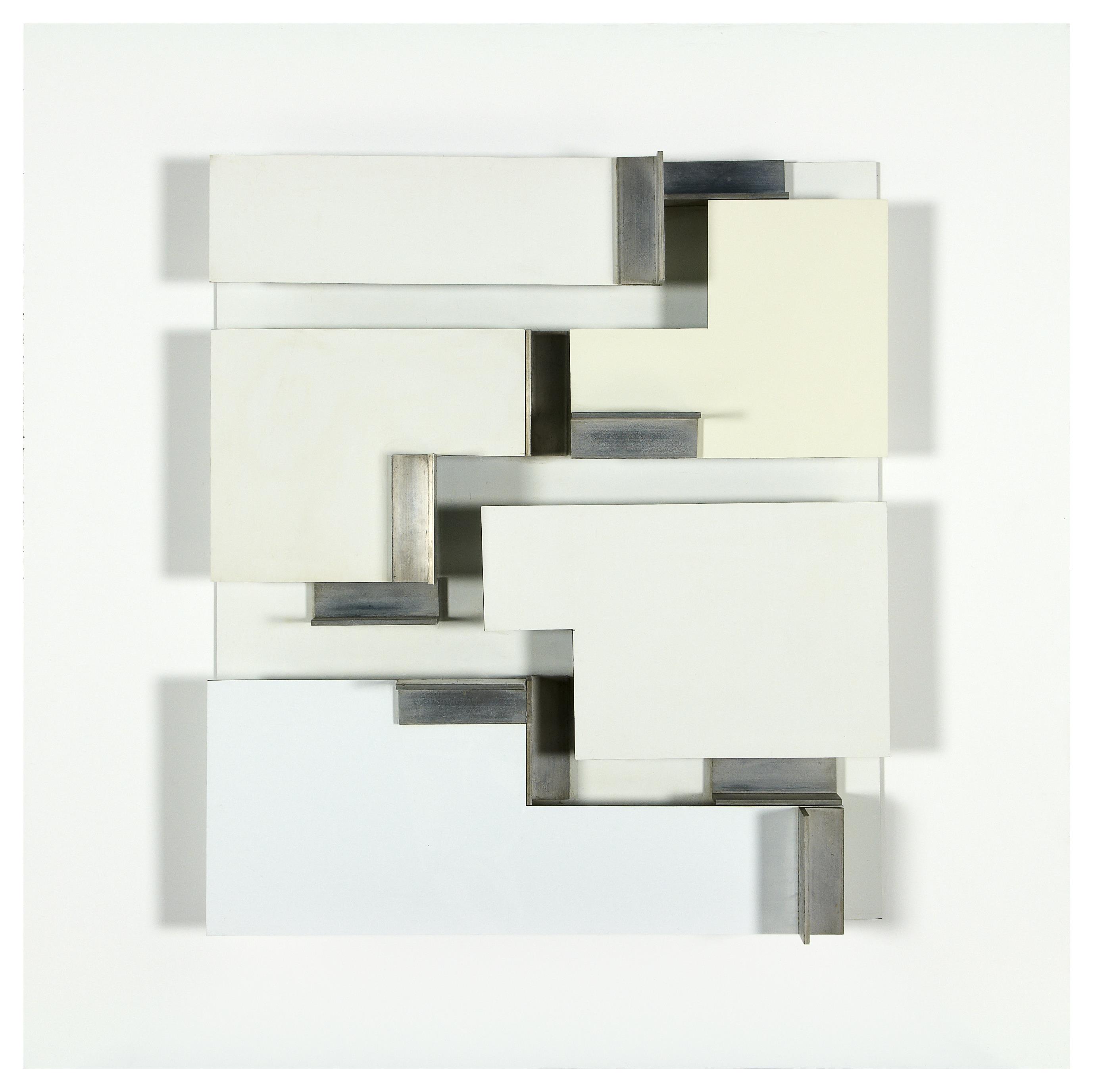
Relief Construction, 1960-1961 / Inv. RE15
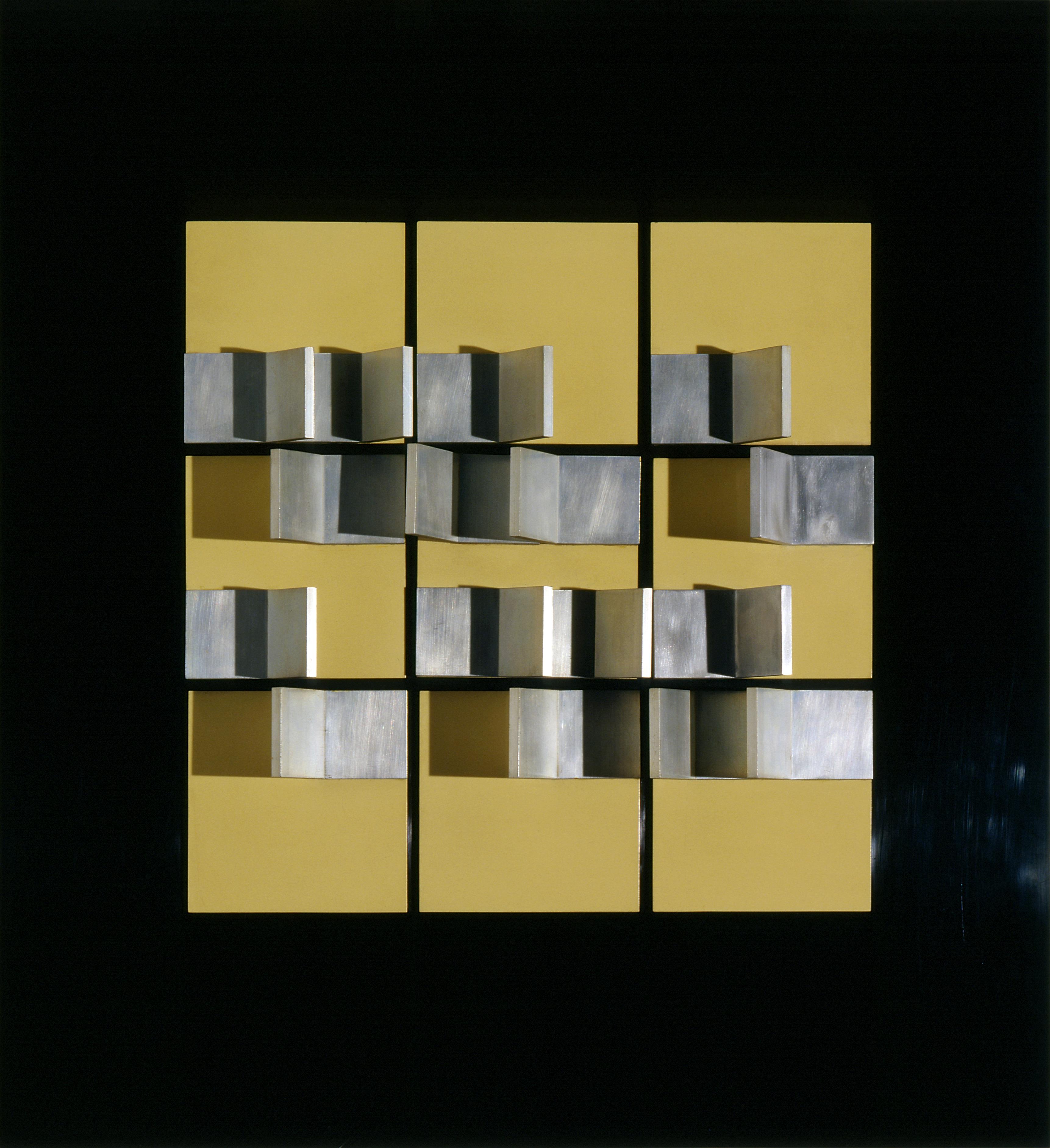
Relief Construction, 1963-1964 / Inv. RE11
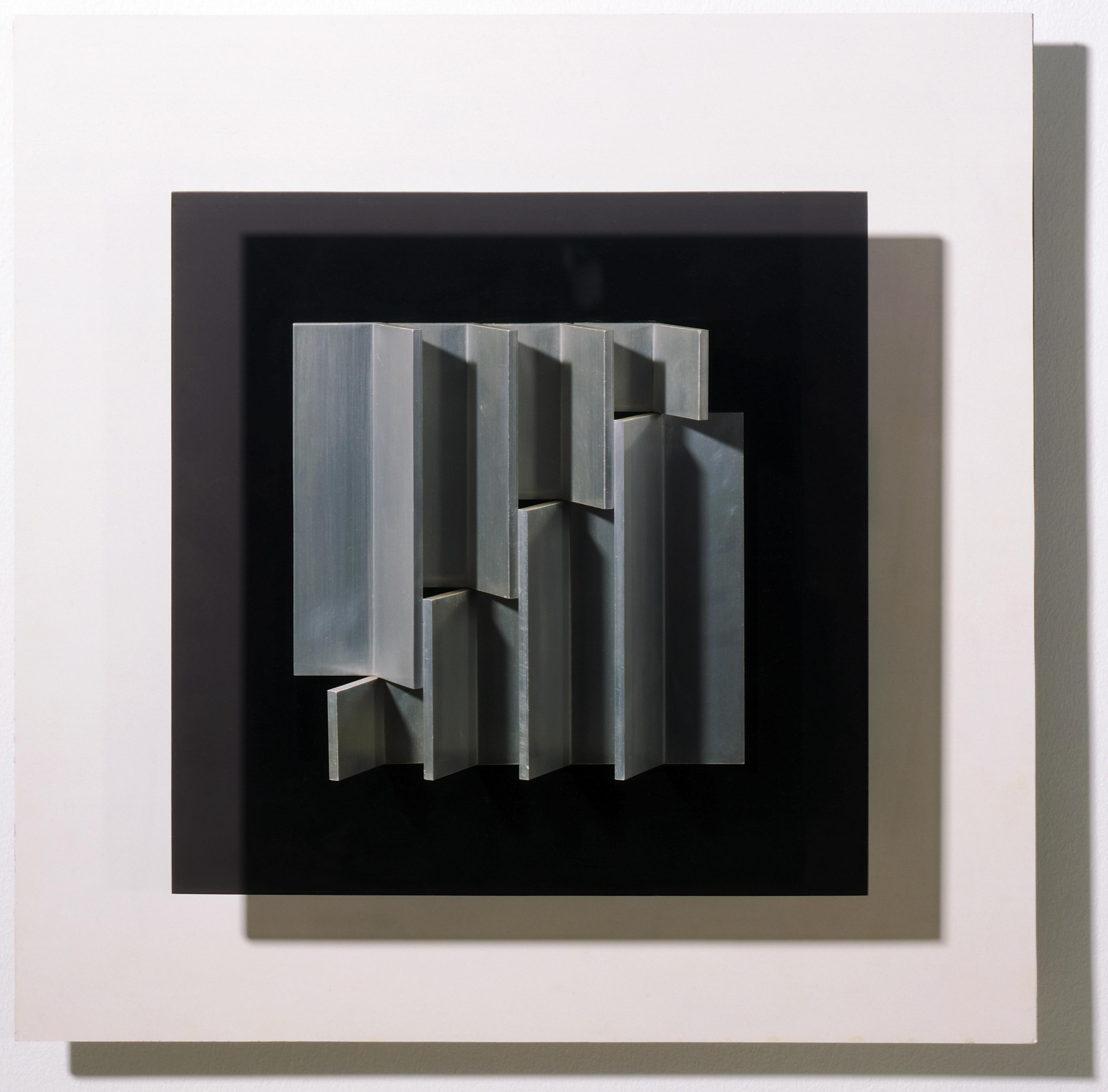
Relief Construction C7(2), 1963 / Inv. RE12
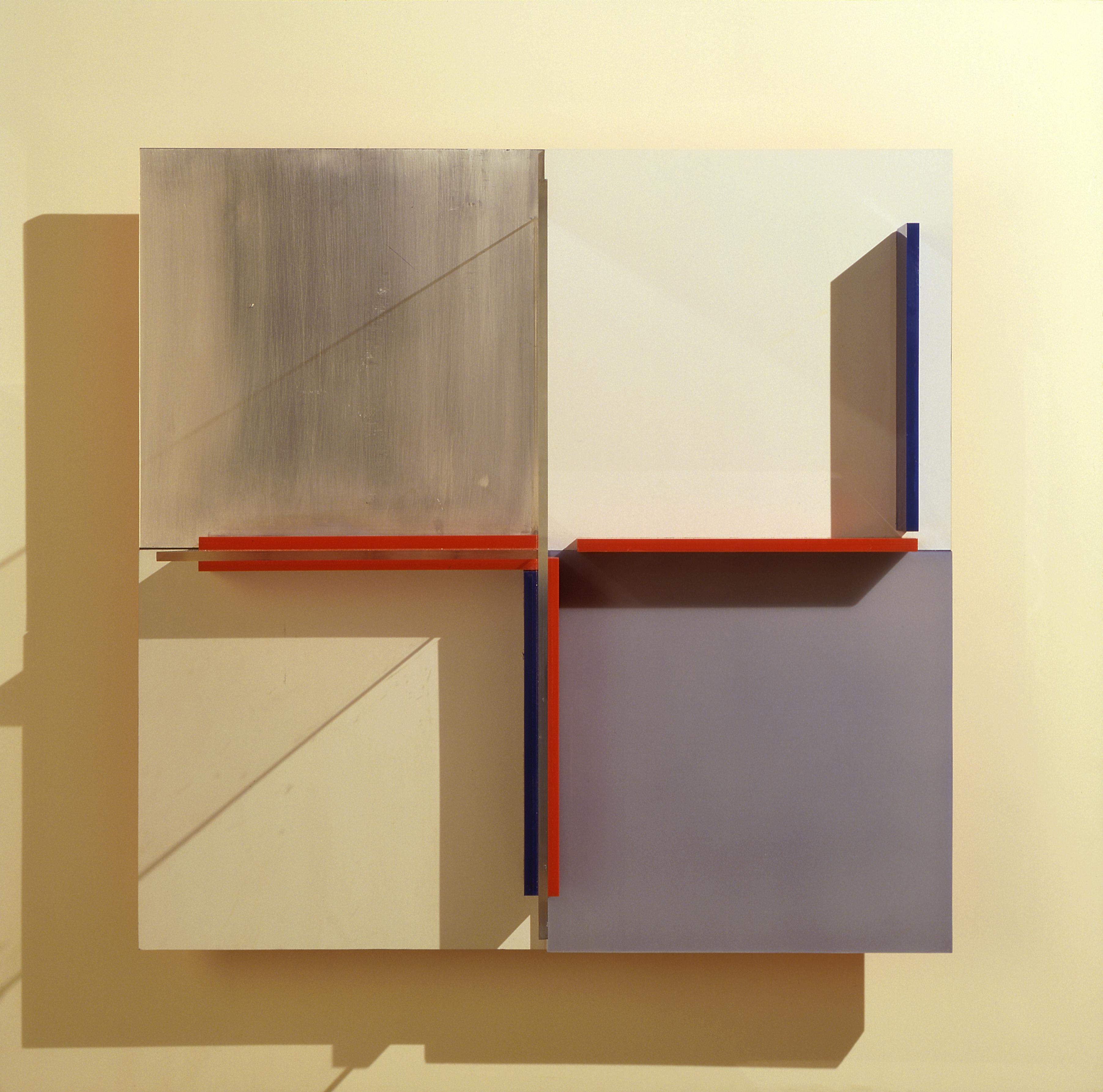
Relief Construction, Inv. RE20
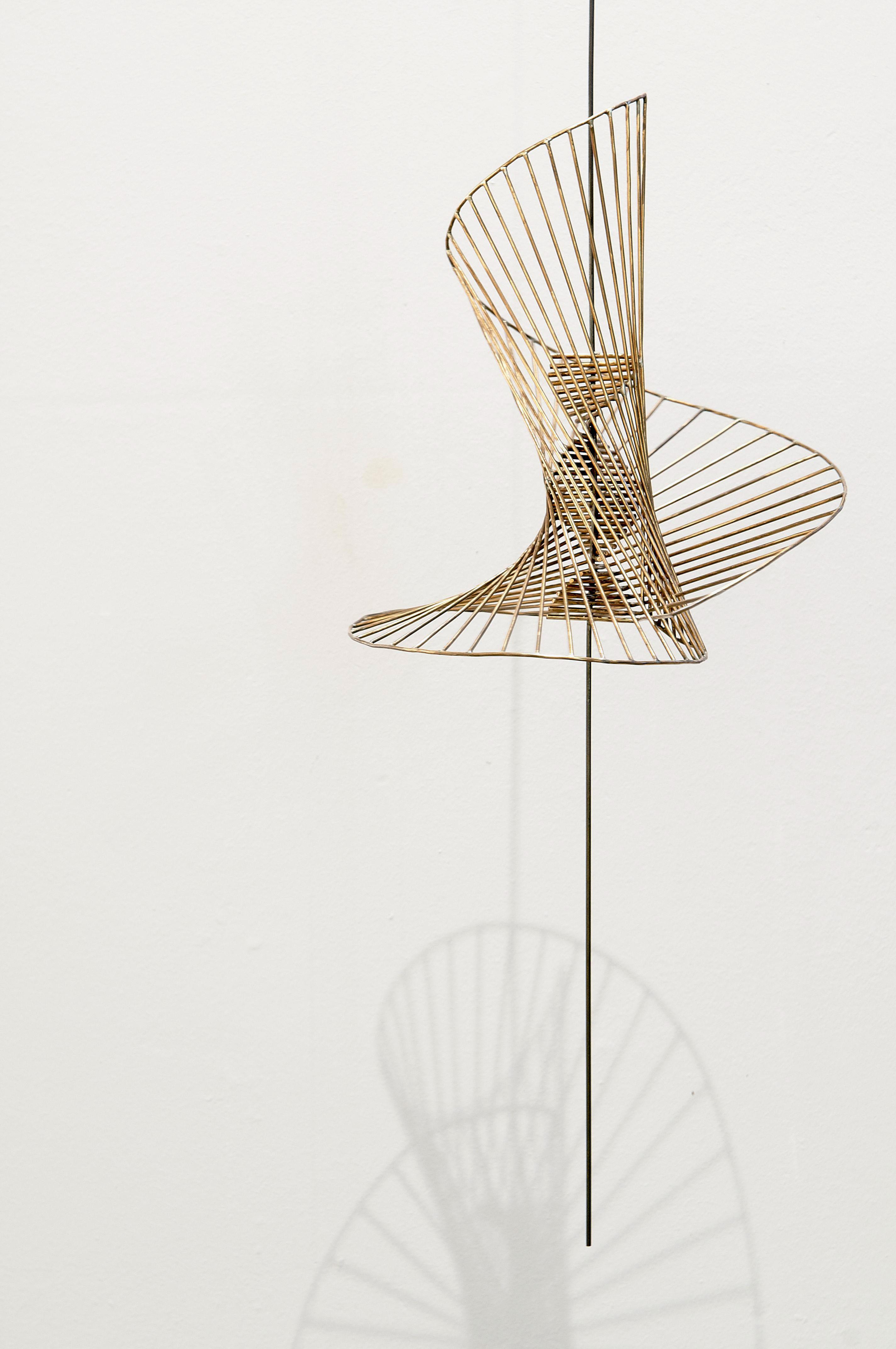
Screw Mobile, Inv. EE2
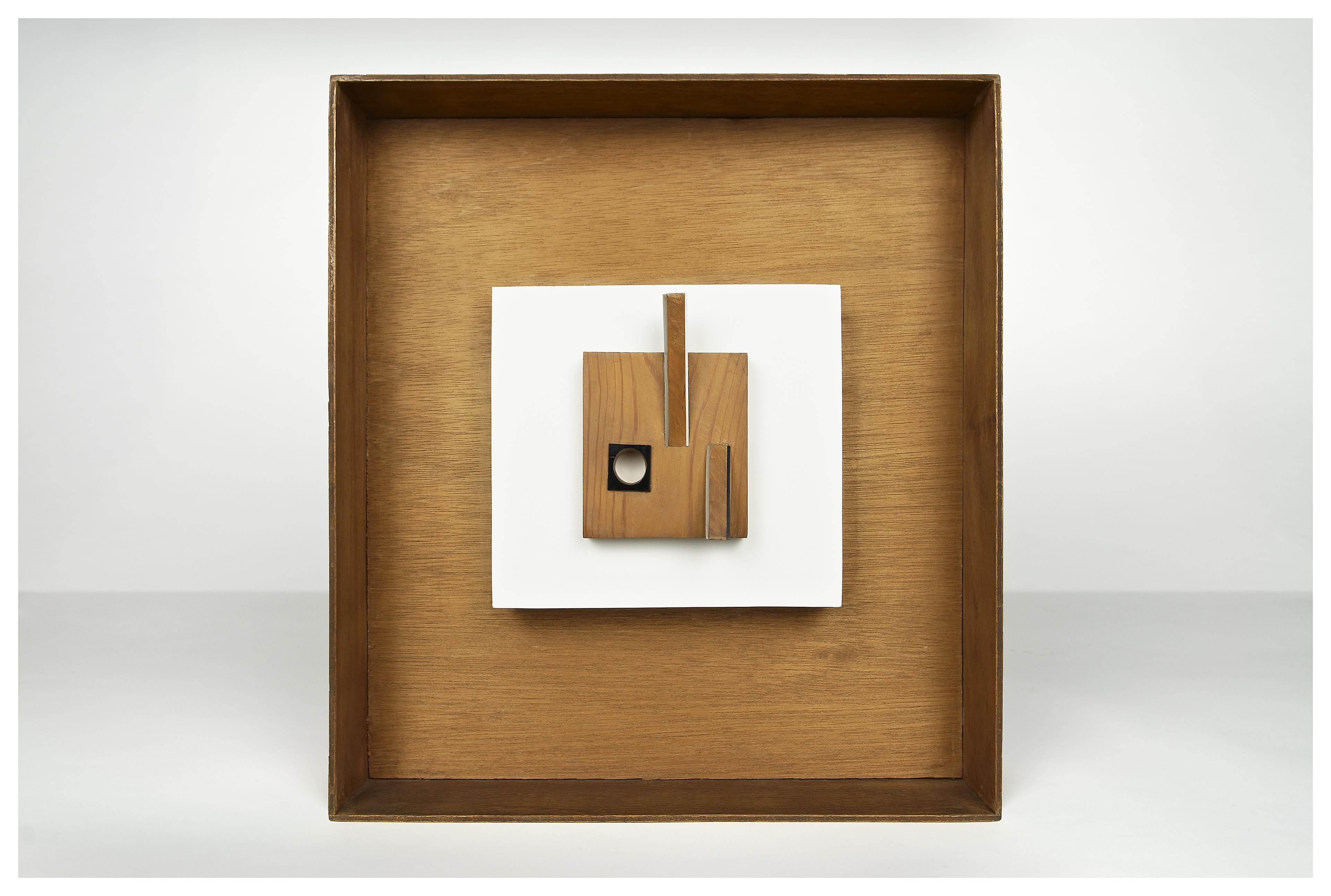
Pierced Relief, Inv. RE8
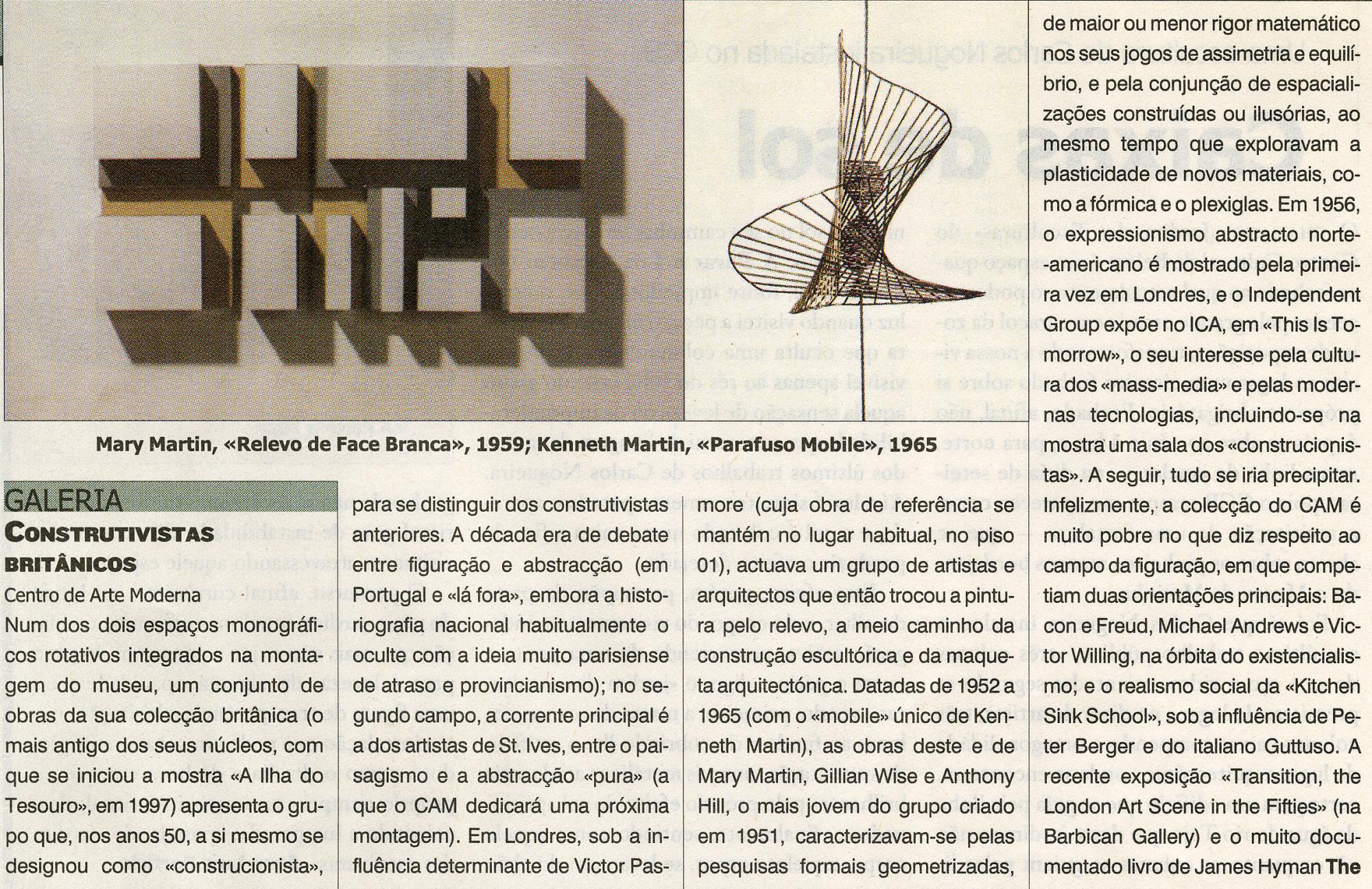
Lisboa, 3 ago 2002
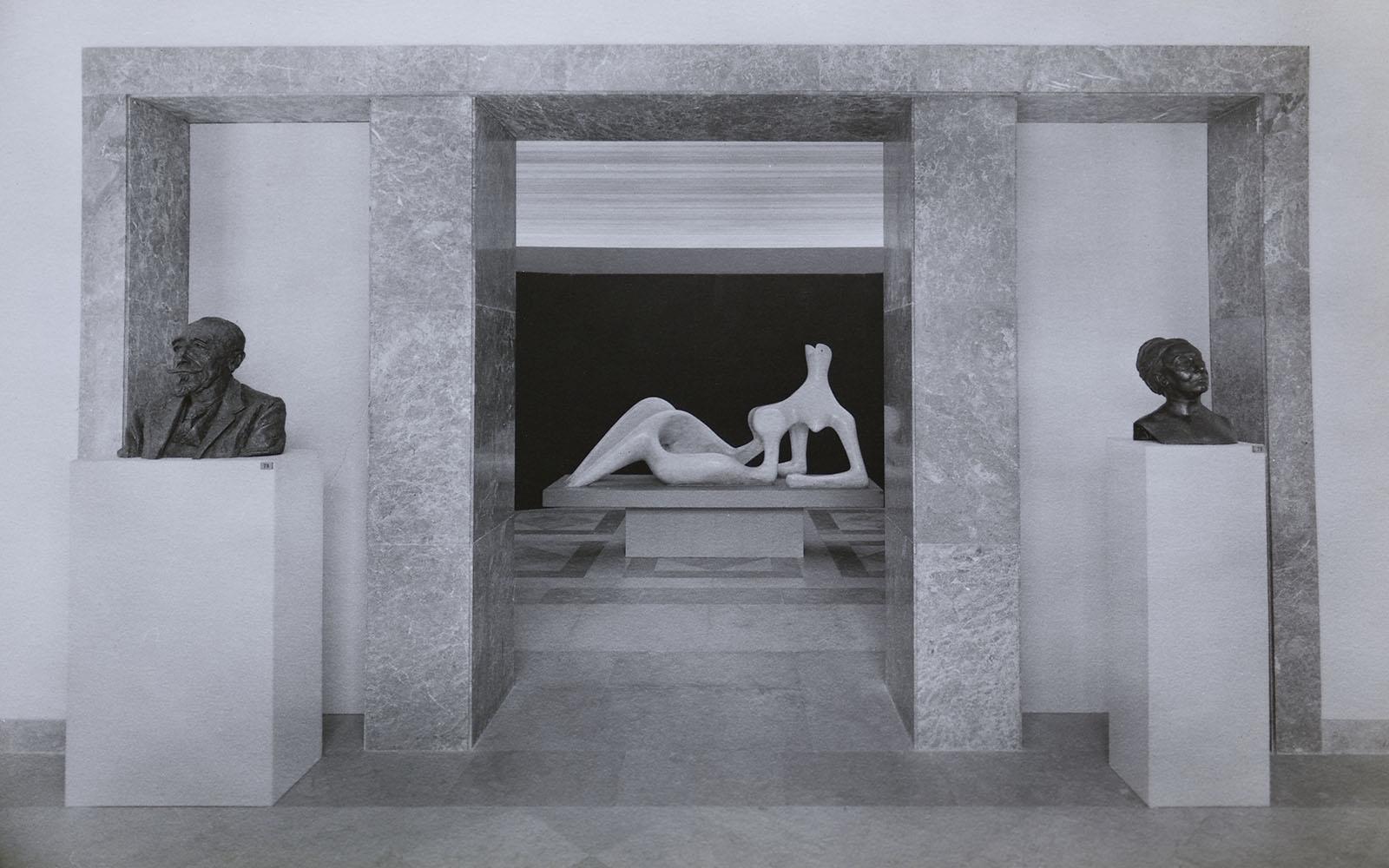
1962 / Itinerância Portugal
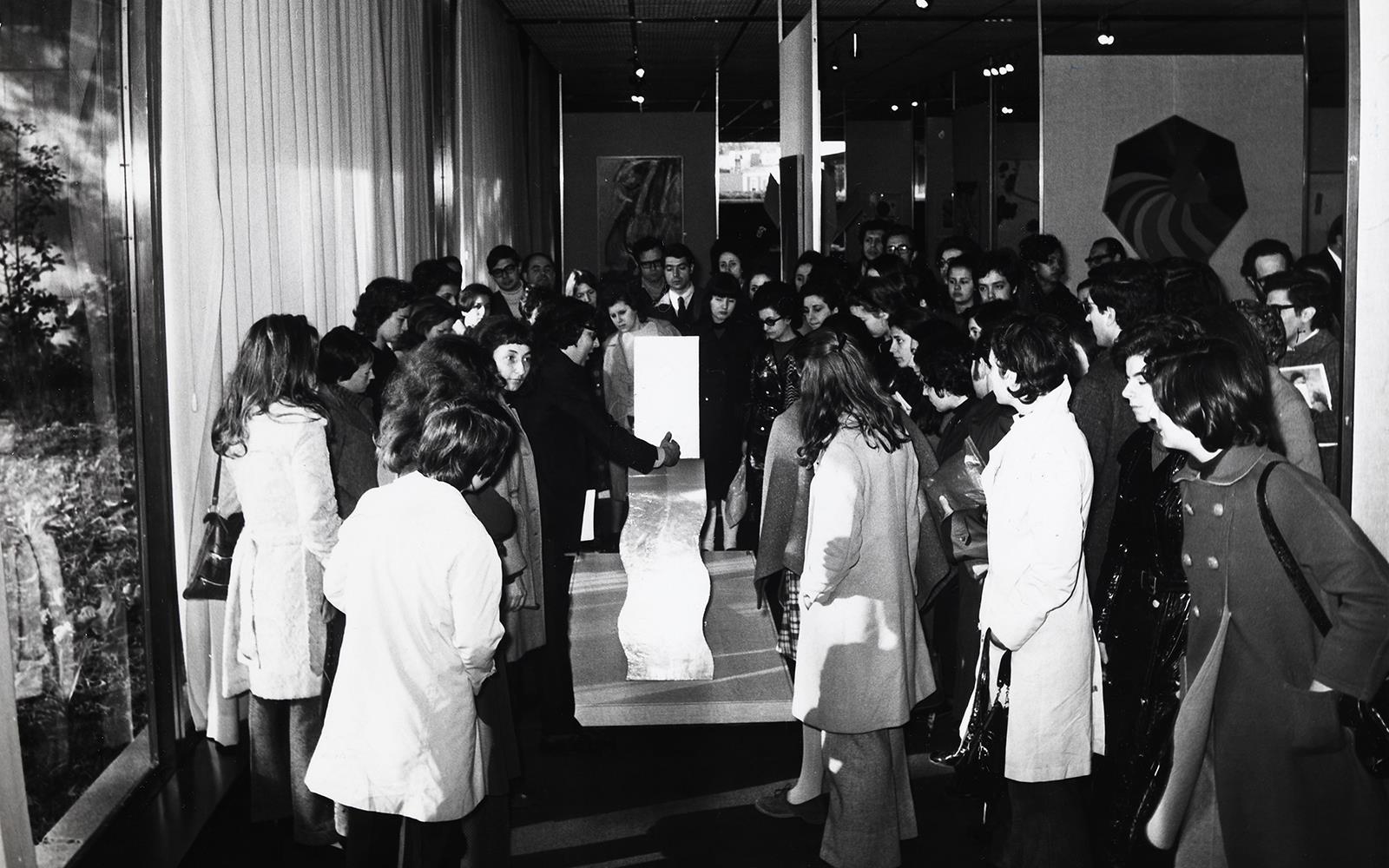
1971 / Itinerância Portugal
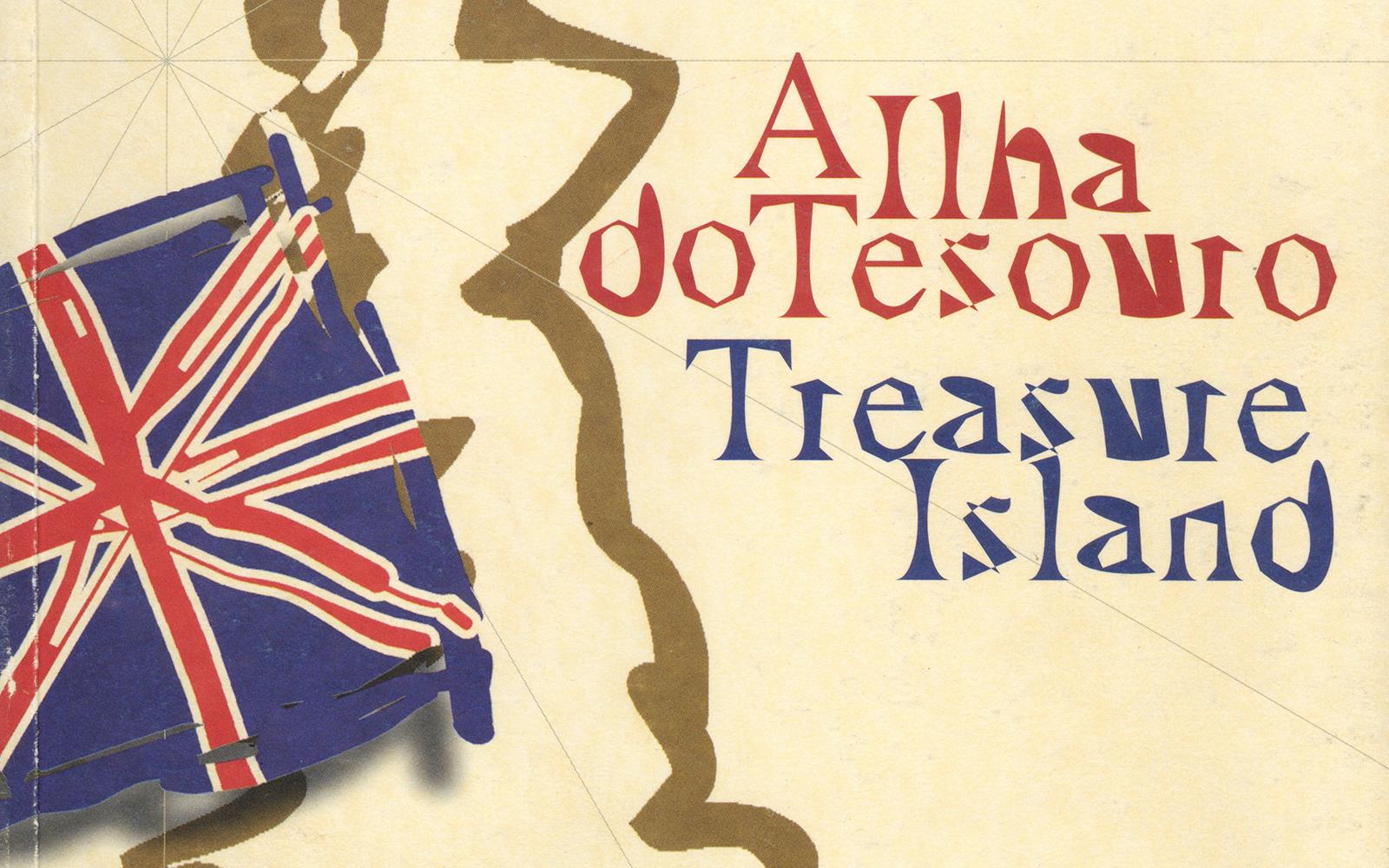
1997 / Centro de Arte Moderna, Lisboa
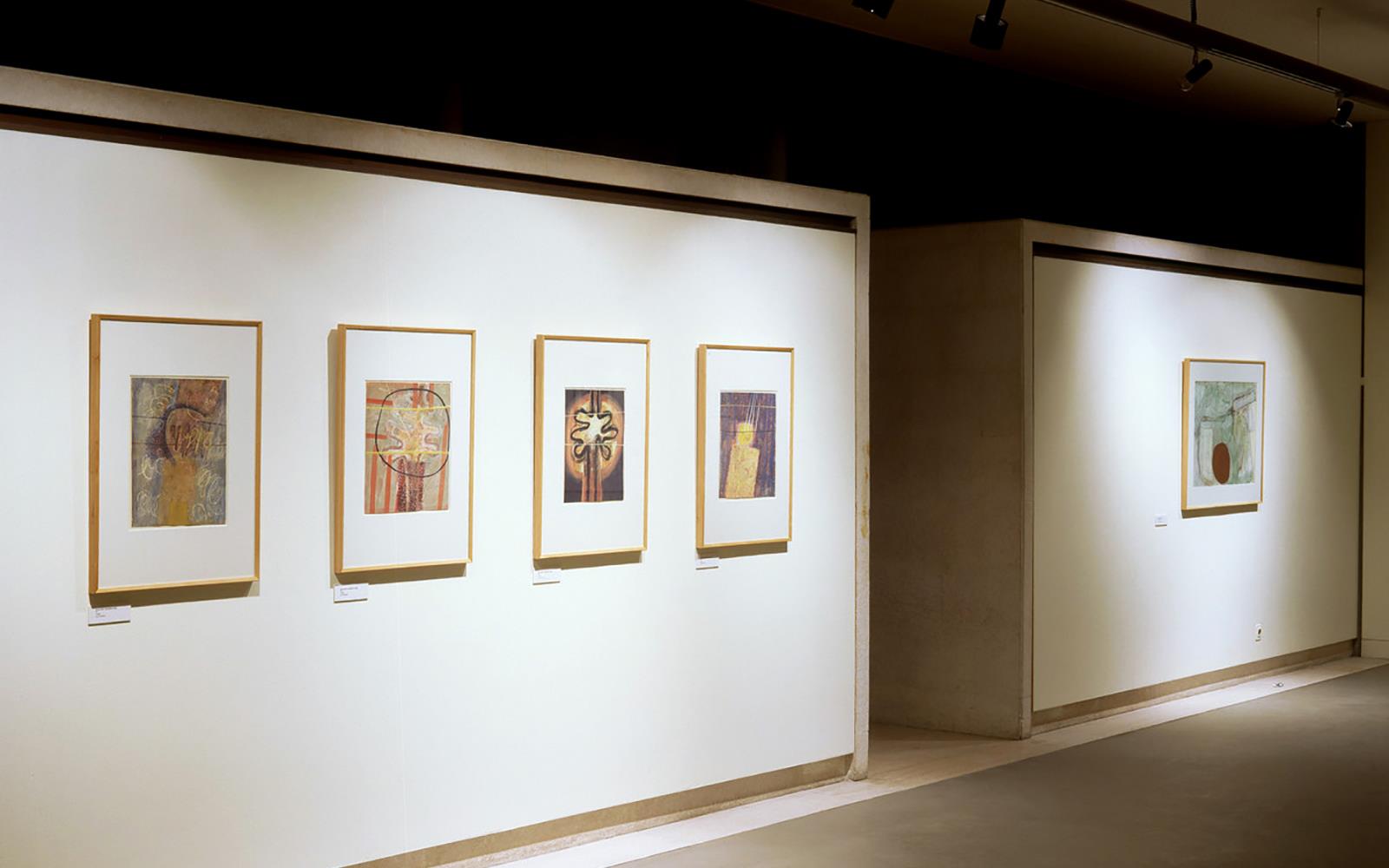
1996 / Centro de Arte Moderna, Lisboa
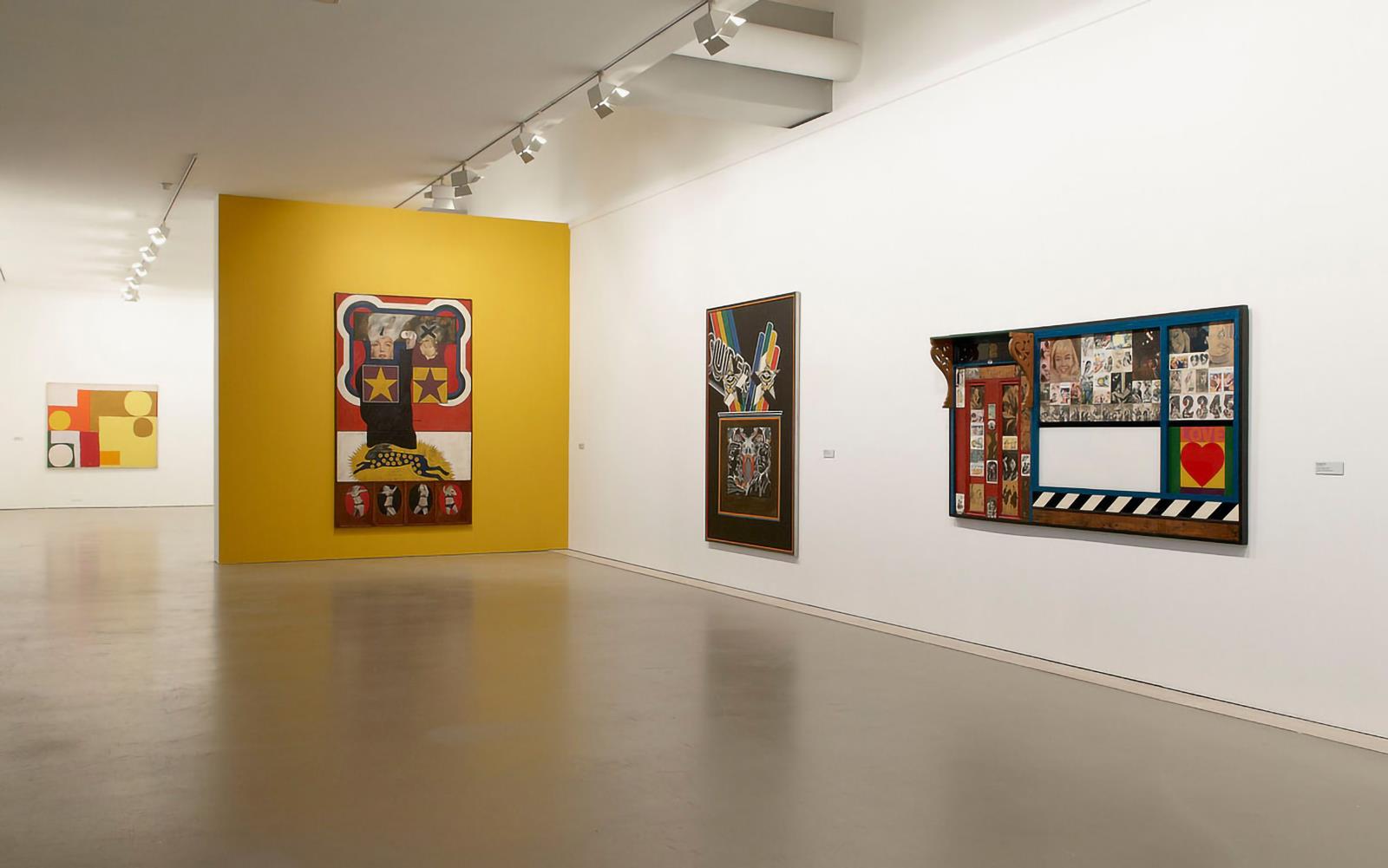
2010 / Centro de Arte Moderna, Lisboa

2002 / Casa da Cerca-Centro de Arte Contemporânea, Almada
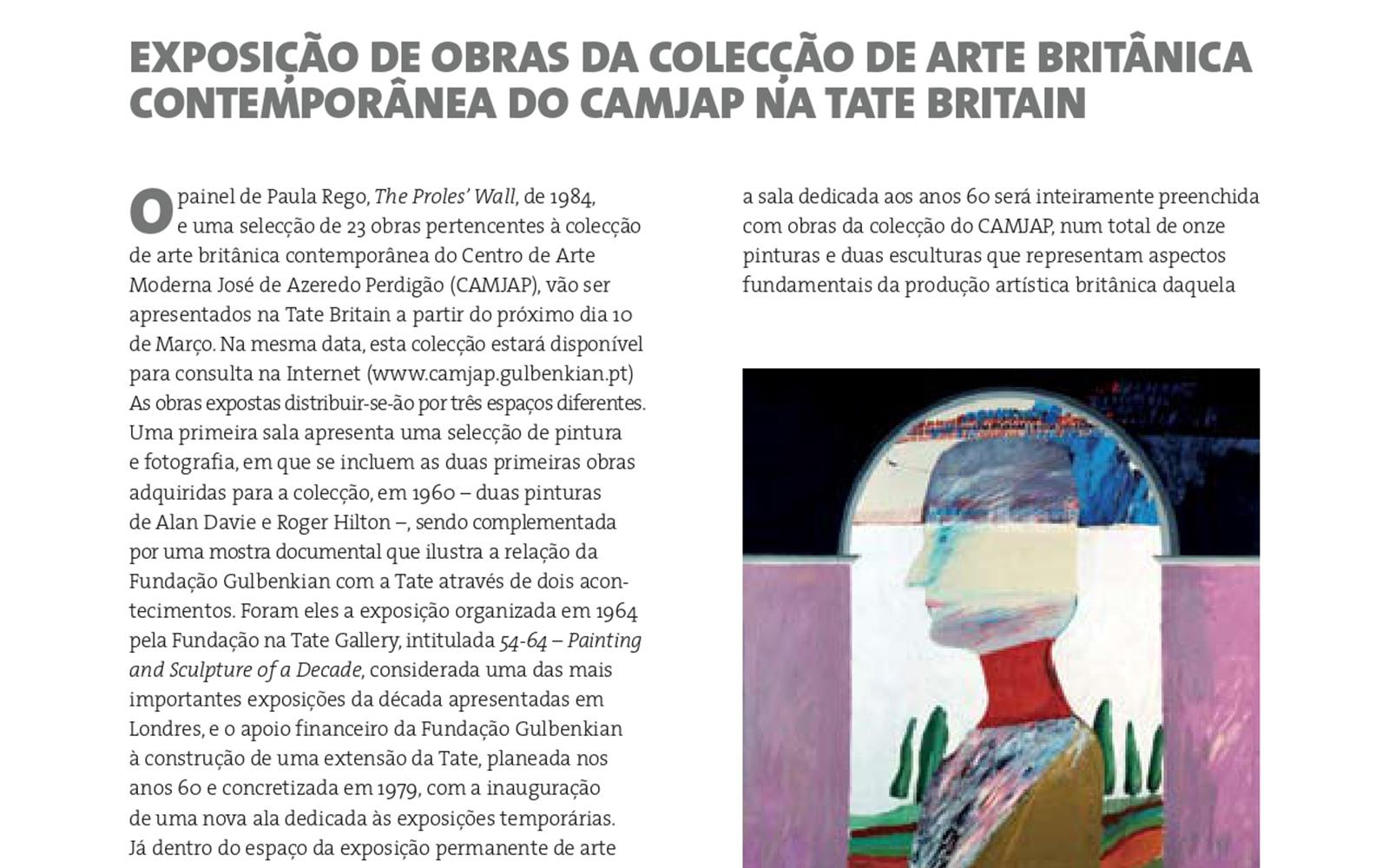
2006 – 2007 / Tate Britain, Londres
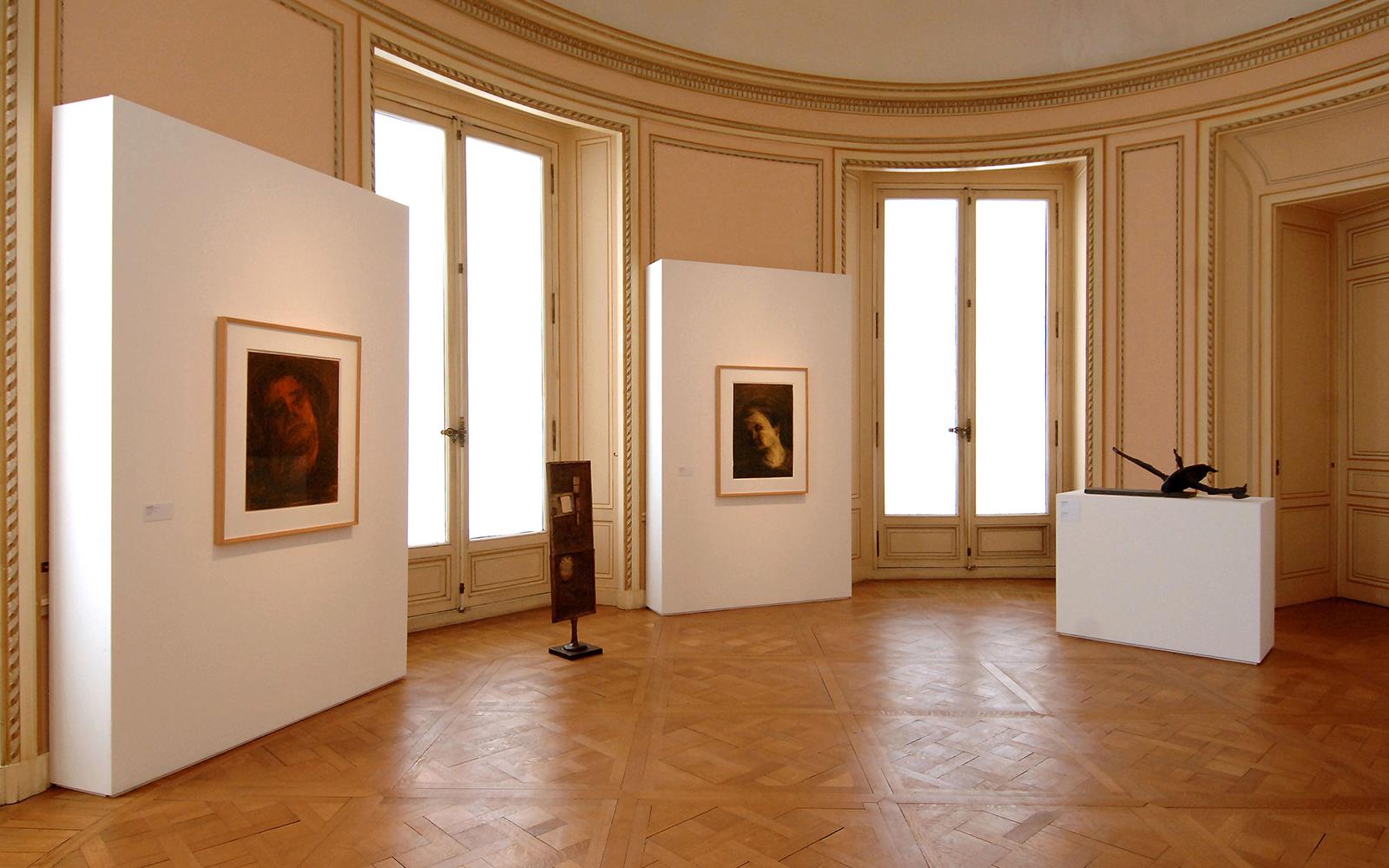
2010 / Centre Culturel Calouste Gulbenkian, Paris
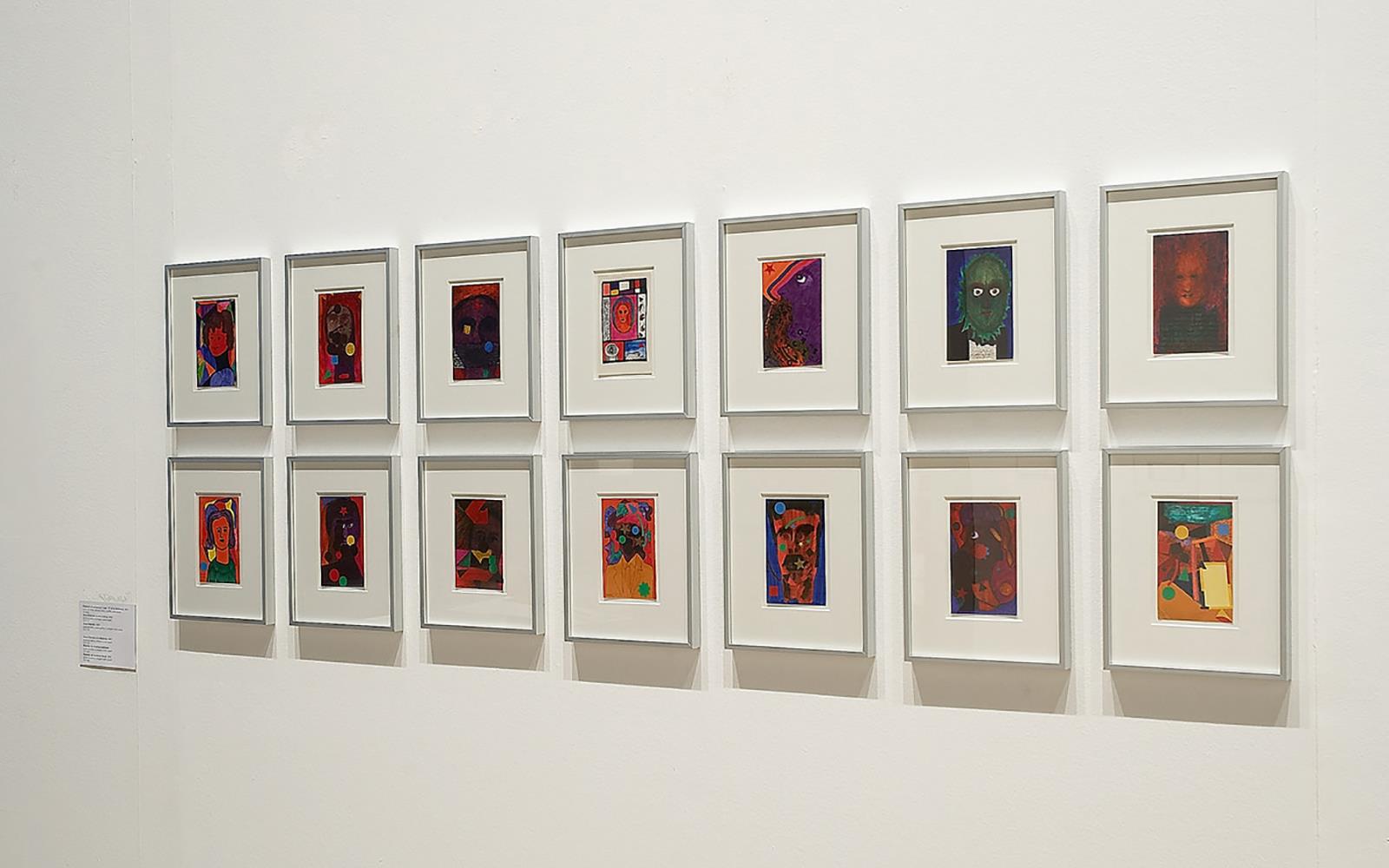
2005 / Centro de Arte Moderna, Lisboa